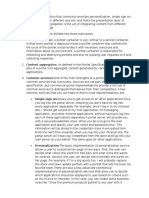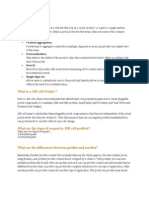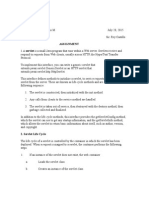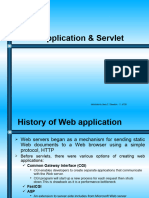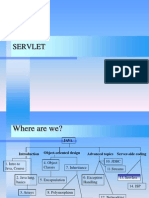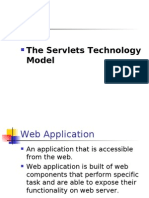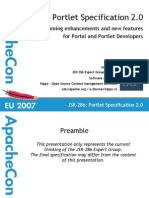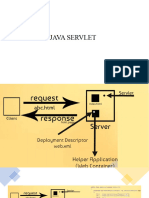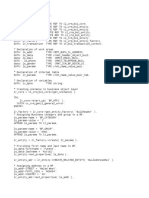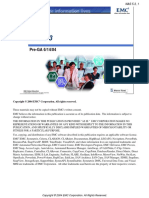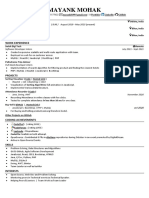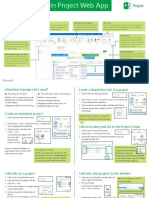0% found this document useful (0 votes)
164 views34 pagesPortlet Specification 3.0 Overview
The document discusses the Portlet Specification 3.0, which simplifies portlet development. Key points include:
- Portlets are Java web applications that produce markup fragments for integration into web pages. The Portlet API defines the standard lifecycle and services provided to portlets.
- Version 3.0 introduces a Portlet Hub API to provide services to JavaScript portlet code in the browser. It also standardizes render state interfaces and request/response objects.
- The render state includes parameters and modes shared between portlets to coordinate display. Requests provide read-only access and responses allow updating the state.
- New interfaces separate concerns like URLs, parameters, and CDI support for dependency injection
Uploaded by
marcos_slimaCopyright
© © All Rights Reserved
We take content rights seriously. If you suspect this is your content, claim it here.
Available Formats
Download as PDF, TXT or read online on Scribd
0% found this document useful (0 votes)
164 views34 pagesPortlet Specification 3.0 Overview
The document discusses the Portlet Specification 3.0, which simplifies portlet development. Key points include:
- Portlets are Java web applications that produce markup fragments for integration into web pages. The Portlet API defines the standard lifecycle and services provided to portlets.
- Version 3.0 introduces a Portlet Hub API to provide services to JavaScript portlet code in the browser. It also standardizes render state interfaces and request/response objects.
- The render state includes parameters and modes shared between portlets to coordinate display. Requests provide read-only access and responses allow updating the state.
- New interfaces separate concerns like URLs, parameters, and CDI support for dependency injection
Uploaded by
marcos_slimaCopyright
© © All Rights Reserved
We take content rights seriously. If you suspect this is your content, claim it here.
Available Formats
Download as PDF, TXT or read online on Scribd
/ 34

